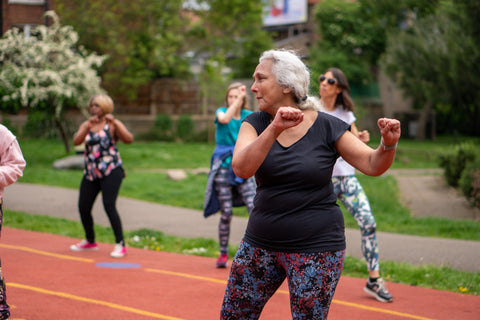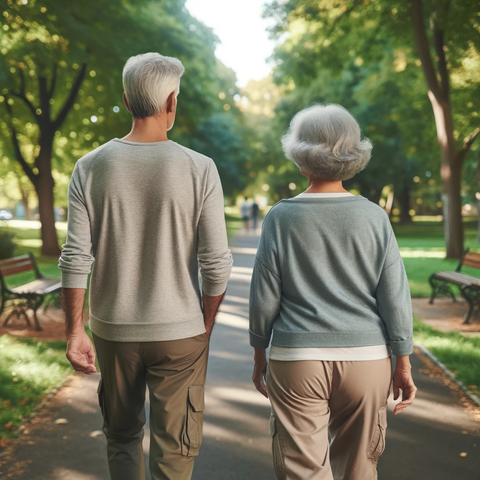
As we age, our approach to fitness and wellness evolves. Gone are the days when fitness was solely about achieving peak physical performance or sculpting the perfect physique. Today, for individuals in their 50s and 60s, fitness is increasingly focused on longevity and maintaining a high quality of life. This blog post explores the importance of fitness for longevity and how embracing a well-rounded fitness routine can lead to a healthier, happier life in your later years.
The Shift in Perspective
Recent trends show a significant shift in how we perceive fitness as we age. Rather than slowing down, people in their later years are increasingly prioritizing activities like strength training, running, walking, and cycling【source】. This change in mindset is not just about staying physically active; it’s about nurturing a lifestyle that supports long-term health and wellness.
Why Fitness Matters for Longevity
1. Preventing Chronic Diseases: Regular physical activity is known to reduce the risk of chronic diseases such as heart disease, diabetes, and osteoporosis.
2. Maintaining Mobility and Independence: Strength and balance exercises help maintain mobility, reducing the risk of falls and injuries.
3. Enhancing Mental Health: Exercise has been shown to improve mood, reduce symptoms of depression and anxiety, and boost cognitive function.
4. Social Connections: Group activities, whether it’s a walking group or a fitness class, provide opportunities for social interaction, combating loneliness and isolation.

Fitness in Your 50s and Beyond: Getting Started
1. Consult with Healthcare Professionals: Before starting any new exercise regime, it’s important to consult with healthcare providers, especially if you have existing health conditions.
2. Find Enjoyable Activities: The key to a sustainable fitness routine is finding activities you enjoy. Whether it’s strength training, cycling, yoga, swimming, or dancing, choose what makes you feel good.
3. Incorporate Strength Training: Strength training is crucial for maintaining muscle mass and bone density. It doesn’t have to mean lifting heavy weights; MAXPRO, resistance bands, and bodyweight exercises are great alternatives. MAXPRO is safe and gentle on the joints making it the perfect companion for seniors!
4. Focus on Flexibility and Balance: Activities like yoga and tai chi improve flexibility and balance, reducing the risk of falls and supporting overall mobility.
5. Start Slow and Build Up: Begin with shorter, less intense workouts and gradually increase duration and intensity. Listen to your body and don’t push too hard too fast.
Technology and Community Support
The rise of wearable technology has made it easier than ever to track fitness progress and stay motivated. Apps and devices can monitor heart rate, steps, and even sleep patterns, providing valuable insights into your health. Additionally, finding a community, whether online or in person, can offer support, motivation, and advice. MAXPRO social on the coaching app would be a great option for seniors to join. That would be a great place to connect with others on a similar journey.

Fitness in later life is not just about physical health; it’s a holistic approach that encompasses mental well-being, social connections, and a positive outlook toward aging. By embracing a lifestyle that includes regular physical activity, strength training, and social engagement, you can enjoy a vibrant, healthy life well into your golden years. Remember, it’s never too late to start, and the benefits of fitness at this stage of life are truly transformative.